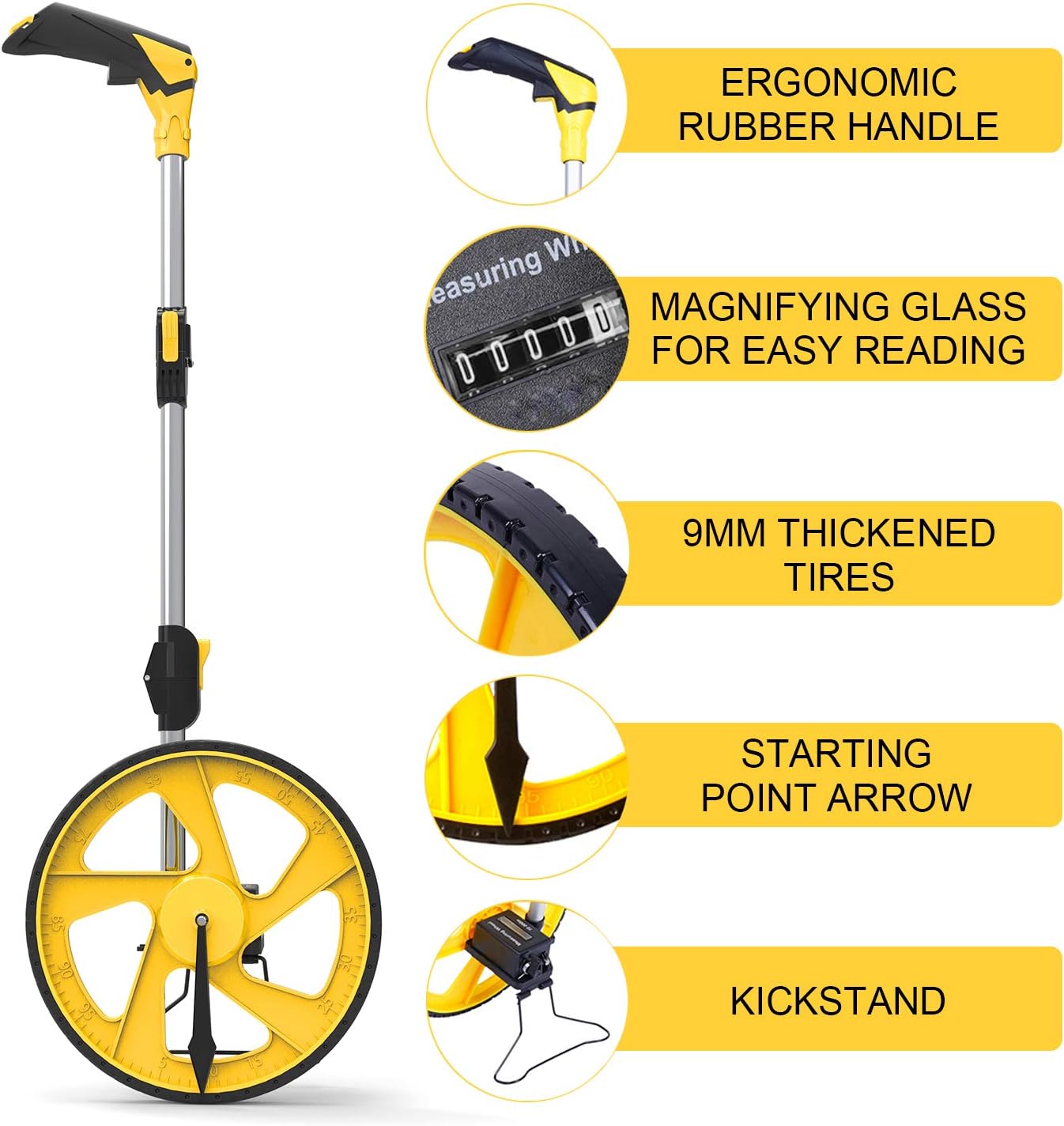
-
 Afrikaans
Afrikaans -
 Albanian
Albanian -
 Amharic
Amharic -
 Arabic
Arabic -
 Armenian
Armenian -
 Azerbaijani
Azerbaijani -
 Basque
Basque -
 Belarusian
Belarusian -
 Bengali
Bengali -
 Bosnian
Bosnian -
 Bulgarian
Bulgarian -
 Catalan
Catalan -
 Cebuano
Cebuano -
 Corsican
Corsican -
 Croatian
Croatian -
 Czech
Czech -
 Danish
Danish -
 Dutch
Dutch -
 English
English -
 Esperanto
Esperanto -
 Estonian
Estonian -
 Finnish
Finnish -
 French
French -
 Frisian
Frisian -
 Galician
Galician -
 Georgian
Georgian -
 German
German -
 Greek
Greek -
 Gujarati
Gujarati -
 Haitian Creole
Haitian Creole -
 hausa
hausa -
 hawaiian
hawaiian -
 Hebrew
Hebrew -
 Hindi
Hindi -
 Miao
Miao -
 Hungarian
Hungarian -
 Icelandic
Icelandic -
 igbo
igbo -
 Indonesian
Indonesian -
 irish
irish -
 Italian
Italian -
 Japanese
Japanese -
 Javanese
Javanese -
 Kannada
Kannada -
 kazakh
kazakh -
 Khmer
Khmer -
 Rwandese
Rwandese -
 Korean
Korean -
 Kurdish
Kurdish -
 Kyrgyz
Kyrgyz -
 Lao
Lao -
 Latin
Latin -
 Latvian
Latvian -
 Lithuanian
Lithuanian -
 Luxembourgish
Luxembourgish -
 Macedonian
Macedonian -
 Malgashi
Malgashi -
 Malay
Malay -
 Malayalam
Malayalam -
 Maltese
Maltese -
 Maori
Maori -
 Marathi
Marathi -
 Mongolian
Mongolian -
 Myanmar
Myanmar -
 Nepali
Nepali -
 Norwegian
Norwegian -
 Norwegian
Norwegian -
 Occitan
Occitan -
 Pashto
Pashto -
 Persian
Persian -
 Polish
Polish -
 Portuguese
Portuguese -
 Punjabi
Punjabi -
 Romanian
Romanian -
 Russian
Russian -
 Samoan
Samoan -
 Scottish Gaelic
Scottish Gaelic -
 Serbian
Serbian -
 Sesotho
Sesotho -
 Shona
Shona -
 Sindhi
Sindhi -
 Sinhala
Sinhala -
 Slovak
Slovak -
 Slovenian
Slovenian -
 Somali
Somali -
 Spanish
Spanish -
 Sundanese
Sundanese -
 Swahili
Swahili -
 Swedish
Swedish -
 Tagalog
Tagalog -
 Tajik
Tajik -
 Tamil
Tamil -
 Tatar
Tatar -
 Telugu
Telugu -
 Thai
Thai -
 Turkish
Turkish -
 Turkmen
Turkmen -
 Ukrainian
Ukrainian -
 Urdu
Urdu -
 Uighur
Uighur -
 Uzbek
Uzbek -
 Vietnamese
Vietnamese -
 Welsh
Welsh -
 Bantu
Bantu -
 Yiddish
Yiddish -
 Yoruba
Yoruba -
 Zulu
Zulu


Ira . 21, 2024 20:40 Back to list
large fish tape
The Art of Using Large Fish Tape for Electrical Installations
When it comes to electrical work, ensuring that wires are properly installed and maintained is crucial. One of the most effective tools for routing electrical cables through walls, conduits, and other tight spaces is the large fish tape. This handy tool, often made of steel or fiberglass, allows electricians to efficiently pull wires where they need to be, saving both time and effort.
What is Fish Tape?
Fish tape is a long, flat strip of metal or fiberglass that is wound inside a reel. Electricians use it to feed wires through walls, ducts, and ceilings, especially in commercial buildings where the setup can be more complex than residential wiring. The term “fish tape” originates from the concept of “fishing” for wires in inaccessible spaces. The tape’s flexibility and length allow it to navigate bends and obstacles, making it an essential tool for many electricians.
Why Choose Large Fish Tape?
While regular fish tape is sufficient for smaller jobs, large fish tape significantly enhances the electrician's ability to handle larger wiring tasks
. Large fish tapes typically range from 50 to 200 feet in length, making them ideal for commercial projects. Their increased width can also accommodate thicker wires and bundles, enabling efficient wire pulling without snagging or damaging the cables.Large fish tape is particularly valuable in expansive spaces such as attics, basements, and long conduits. When traditional wire pulling methods fall short, large fish tape steps in to simplify the process, ensuring that even the most challenging installations can be completed with minimal hassle.
How to Use Large Fish Tape Effectively
large fish tape

Using large fish tape is straightforward, but there are some best practices to keep in mind for an efficient operation
1. Preparation Before beginning, ensure that you have the right type and length of wire for the job. Familiarize yourself with the layout of the space to identify potential obstacles.
2. Feeding the Tape Insert the fish tape into the conduit or wall cavity where the wire needs to go. The flexible nature of the tape allows it to maneuver through tight corners. It's often helpful to have a second person at the other end to guide the tape and the wire.
3. Attaching the Wire Once the fish tape reaches the desired location, attach the wire securely to the end of the fish tape using electrical tape. Ensure the connection is tight to prevent any slip during the pulling process.
4. Pulling the Wire Carefully pull the fish tape back, keeping a consistent and steady pressure. Avoid jerking motions, as this can damage the wires or dislodge the connection.
5. Checking for Snags If you encounter resistance while pulling, it may indicate a snag. Stop and investigate to prevent damaging the wires or the fish tape.
Conclusion
Large fish tape is an indispensable tool in the arsenal of electricians, allowing them to navigate complex environments effectively. By understanding its use and application, electricians can ensure that electrical installations are performed more efficiently and safely. Whether you’re a seasoned pro or a novice, mastering the use of large fish tape can significantly enhance your wiring projects, making the challenging task of running wires through tight spaces a far less daunting endeavor.
Latest news
Optimizing Cable Installation with Advanced Pulling Equipment
NewsApr.15,2025
Maximizing Efficiency in Cable Installation with the Right Equipment
NewsApr.15,2025
Maximizing Efficiency in Cable Installation with the Right Tools
NewsApr.15,2025
Essential Tools for Efficient Cable Installation and Conduit Fishing
NewsApr.15,2025
Enhancing Cable Installation Efficiency with the Right Equipment
NewsApr.15,2025
Efficient Cable Handling: Essential Tools and Equipment for Successful Cable Installation
NewsApr.15,2025











